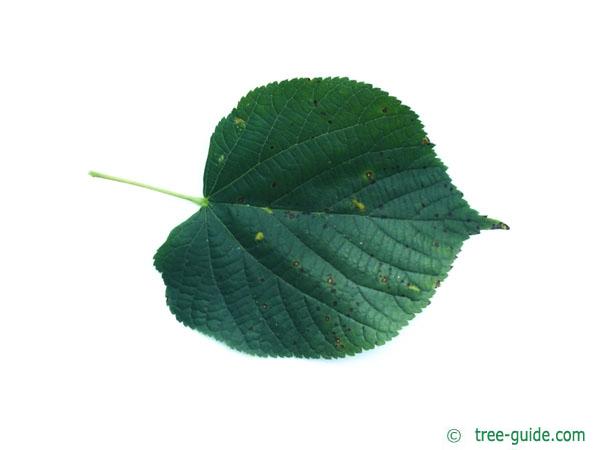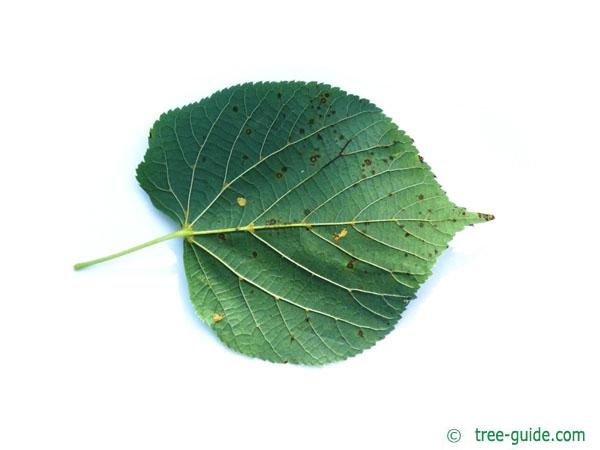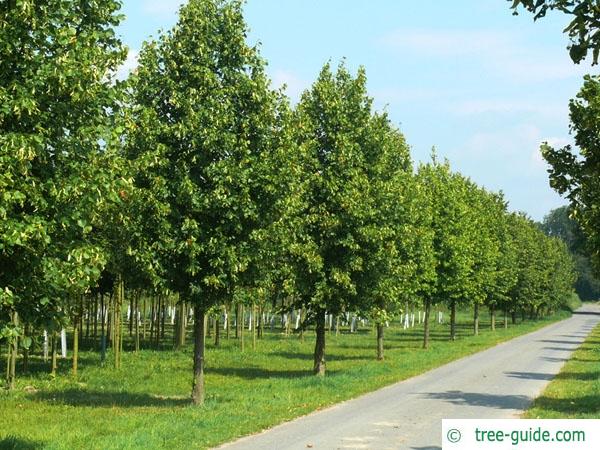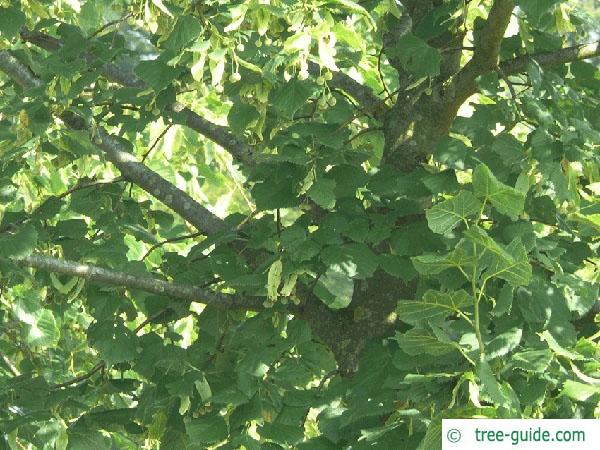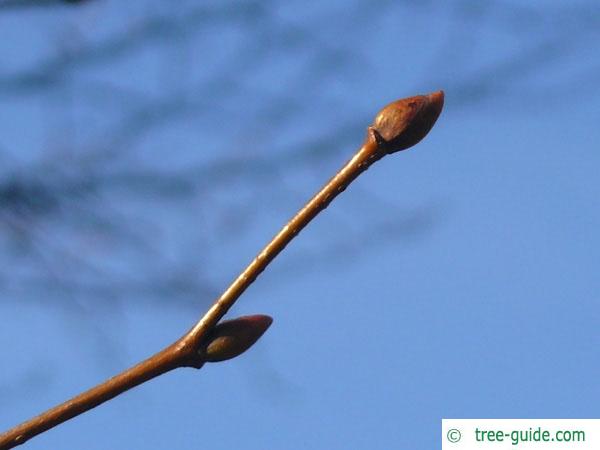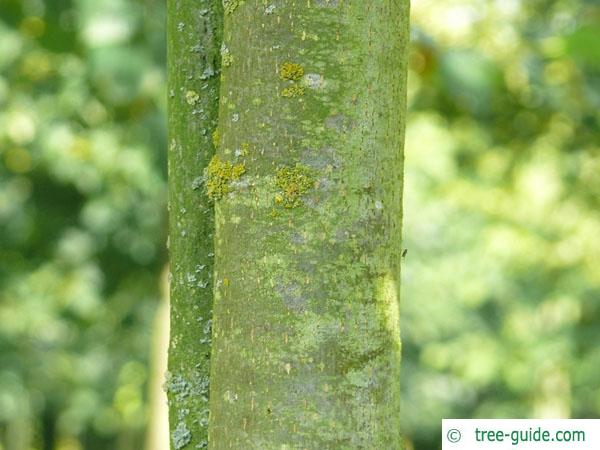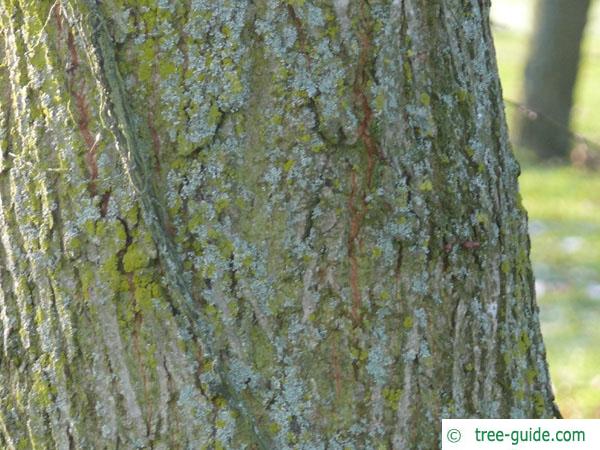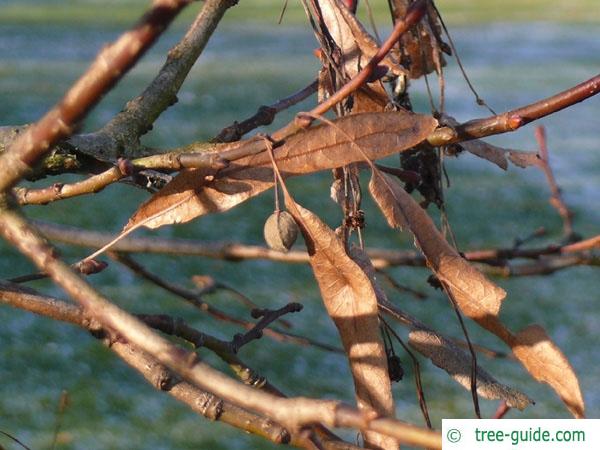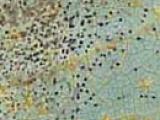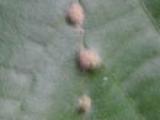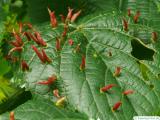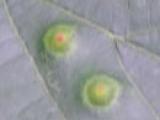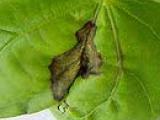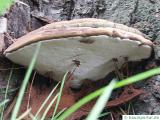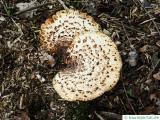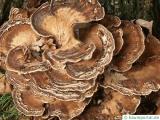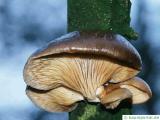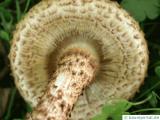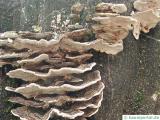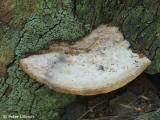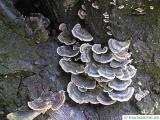Basisdaten
The lime is a natural cross between the Large leaved lime and Small leaved lime. This classic avenue tree is often attacked by aphids that secrete the so-called honeydew dirty everything under the trees.
Tree profile
The leaves of Common lime are heart-shaped, dark green on the upside, the underside is a little yellowish-green. The leaves are 6–15 cm (2.4 – 5.9 in) long and 6–12 cm (2.4 – 4.7 in) broad. The leaf margin is sharp serrated.
The flowers are yellow and form cymes with up to 10 flowers. The hanging cymes are up to 7 cm long. The flowers smell strongly.
The fruits are green spherical nutlets.
The branches are brownish - smooth. The buds are red-brown pointed with two bud scales.
single tree or planting in groups, parks, roadside green
Limes additional information
overview leaves | overview blossoms
overview fruit | overview trunk
overview winter | overview trees







